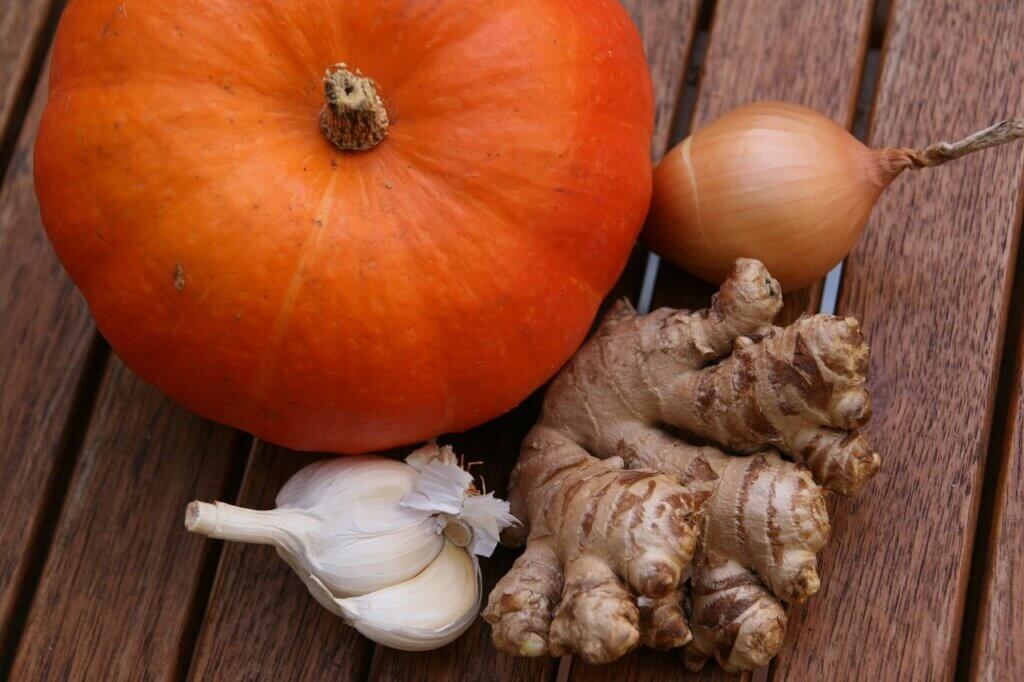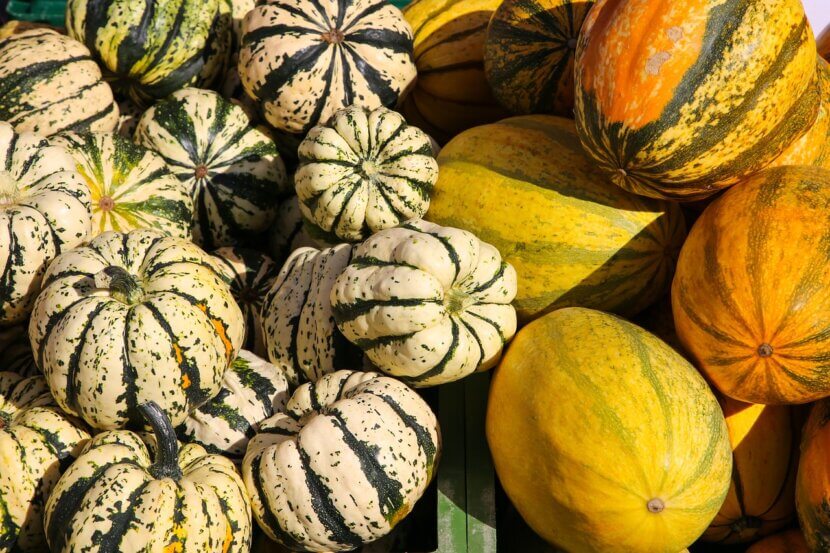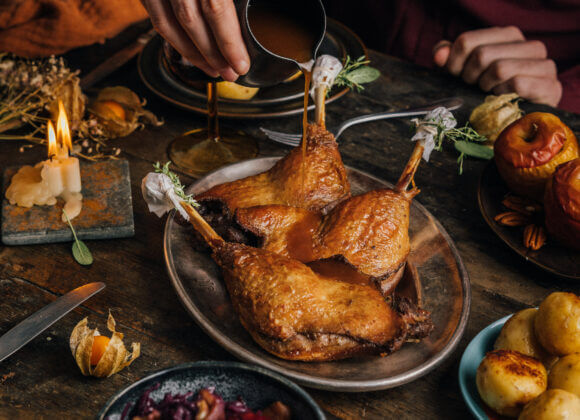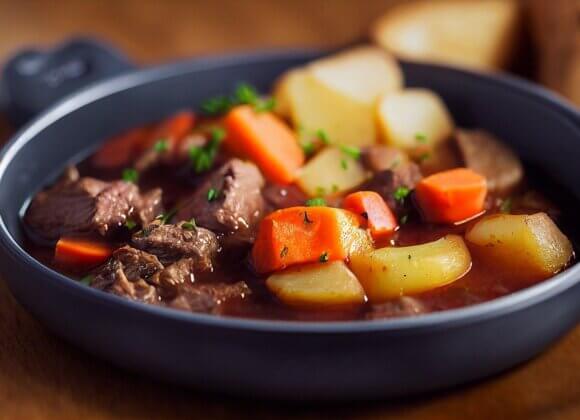In Austria, pumpkin is not just part of autumn cuisine, it is a true all-rounder! With its variety of shapes, colors and flavors, it has long since cooked and carved its way into the hearts of Austrians. But which varieties are particularly popular, how is pumpkin used correctly in the kitchen and what are its health benefits? Many questions, all answers.
Popular pumpkin varieties in Austria
Austrian favorites include the Hokkaido, which impresses with its nutty taste and edible skin, and the butternut squash, which scores with its creamy texture and slightly sweet aroma. The nutmeg pumpkin, known for its subtle nutmeg note and fruity aroma, is also widely used, especially in soups and stews. The spaghetti squash, which reveals its fibrous structure after cooking, is also becoming increasingly popular.
Pumpkin in the kitchen
Thanks to its variety, pumpkin is a real winner in the kitchen. Depending on the variety, it takes around 15 to 20 minutes to cook the pieces until soft. Chopped or grated, the cooking time is even shorter. Pumpkins are also anything but fussy when it comes to seasoning. Nutmeg, cinnamon, ginger and chili bring out its sweetness, while rosemary, thyme and sage add savory notes. A hint of cumin or turmeric gives the dish an exotic touch.
When it comes to pumpkin soup, the Hokkaido is the first choice in this country. Its firm consistency and intense flavor make it ideal for creamy soups. Butternut squash is particularly suitable for purees, as it develops a fine, buttery texture after cooking. The nutmeg pumpkin adds an interesting flavor component to soups and stews thanks to its fruity note.
The butternut squash is a real all-rounder in the kitchen thanks to its versatility. It is ideal for purees, casseroles, salads and even sweet desserts such as pumpkin pie.
To determine whether a pumpkin is edible at all (after all, there are also a number of ornamental pumpkins), you should pay attention to a few points. Edible pumpkins have a smooth, intact skin and sound hollow when tapped. The smell is also important: it should be pleasant and fresh. Caution is advised with ornamental pumpkins, which often taste bitter, as they may contain poisonous substances.


Health aspects of the pumpkin
Pumpkin not only tastes good, it is also extremely healthy. Its high fiber content makes it particularly beneficial for digestion and good for the intestines. Pumpkins are also low in calories and contain lots of vitamins and minerals, including vitamin A, potassium and magnesium.
Pumpkin seeds are known for their positive effect on the prostate. They contain a lot of zinc and phytosterols, which have been shown to contribute to prostate health. Pumpkin seeds are also a good source of omega-3 fatty acids, which have an anti-inflammatory effect.
Halloween or: Pumpkin for the kids
The pumpkins that are suitable for carving now even have a name: Halloween pumpkins. However, you can also use Jack O’Lantern pumpkins, both of which have a thin, easy-to-carve skin and large flesh that can be easily removed.

Related posts:
Saucepans – what is suitable for what?













